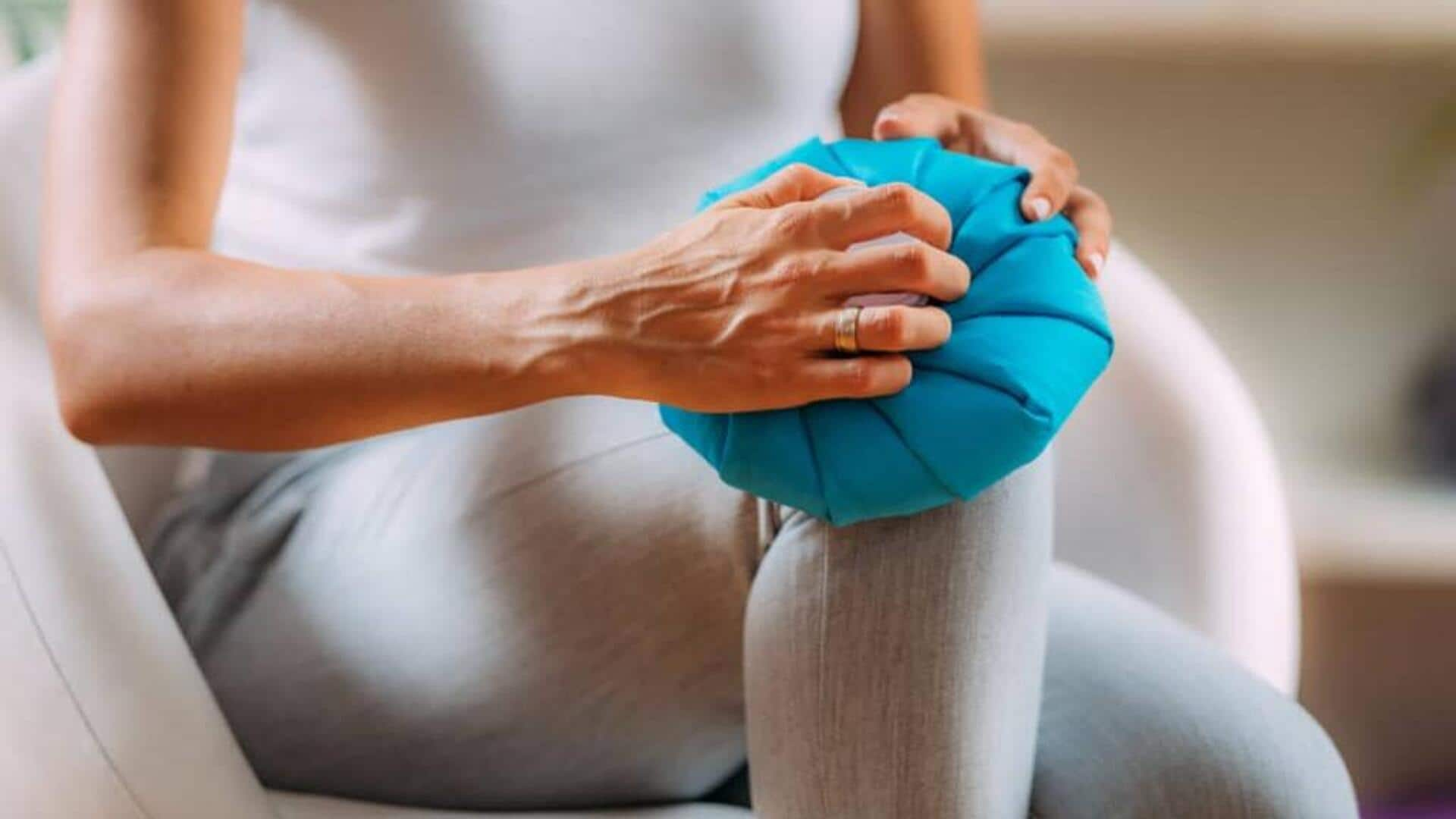Nerve Compression Troubles
Sitting cross-legged can compress the peroneal nerve, which is located near the knee. This compression can cause numbness, tingling, and even foot drop,
where you have difficulty lifting the front part of your foot. The pressure on this nerve reduces blood flow and can lead to nerve damage. Prolonged periods in this position can exacerbate the problem. Maintaining this posture over long durations increases the risk of these issues, making it important to be mindful of how often and how long you sit cross-legged. Regular breaks and alternative sitting positions are recommended to prevent these nerve-related problems.
Posture and Spinal Strain
Adopting the cross-legged position often leads to poor posture, which can place strain on the spine. This posture encourages slouching or leaning, causing the spine to become misaligned. Over time, this can lead to back pain, spinal deformities, and other musculoskeletal issues. Maintaining good posture is essential for spinal health, and cross-legged sitting makes it harder to achieve this. Conscious efforts to sit up straight and avoid slouching, especially when sitting in this position, can mitigate some of the negative effects. Consider using supportive cushions or chairs designed to promote better posture.
Circulation and Blood Flow
Sitting cross-legged can hinder blood circulation in the legs. This posture puts pressure on blood vessels, potentially leading to reduced blood flow to the lower extremities. This can result in discomfort, swelling, and even a higher risk of blood clots. Reduced circulation deprives tissues of oxygen and nutrients, which can contribute to other health problems. It’s important to occasionally change positions and move around to prevent poor circulation. Regular movement and stretches can enhance blood flow, counteracting the negative effects of prolonged cross-legged sitting.
Hip and Joint Problems
Frequent cross-legged sitting can affect the hip and knee joints. The posture may put excessive strain on these joints, potentially leading to cartilage damage and increased risk of osteoarthritis. Over time, the hips can become imbalanced, which alters the natural alignment of the joints. The unnatural positioning of the legs causes the joints to work in a way that isn't ideal. To minimize the risks of joint issues, consider alternating positions. Regular exercise can strengthen the muscles around the hips and knees, providing better support and stability.
Potential for Varicose Veins
Sitting cross-legged can contribute to the development of varicose veins. This posture can impede blood flow in the legs and increase pressure in the veins. The pressure can cause the veins to swell and become visible. Although not always a serious health concern, varicose veins can cause pain, discomfort, and cosmetic issues. Individuals with a predisposition to varicose veins, as well as those who already have them, are especially vulnerable to this effect. If you spend long periods sitting in this position, take breaks to walk and move your legs. Regular physical activity and wearing compression socks can also help reduce the risk of varicose veins.
Digestive System Issues
Sitting cross-legged can sometimes affect the digestive system. The posture can compress the abdominal area, potentially leading to slowed digestion, bloating, and other digestive discomforts. This compression can also affect the movement of food through the digestive tract. While this is not a universal effect, those with pre-existing digestive problems might find their symptoms exacerbated by this sitting position. To aid digestion, maintain a balanced diet, stay hydrated, and, as always, incorporate movement. It's advisable to change positions frequently and ensure proper posture to alleviate any potential digestive issues.




